Vauxhall Combo Electric van review (2024)
A practical, useable electric small van promising over 200 miles of driving
PROS
- Impressive payload of up to 780kg
- Range improved with new battery
- Two lengths and crew van version
- 750kg of towing capacity
- Good level of standard equipment
CONS
- Commands a premium over diesel
- Only one battery option
- Maximum range only just over 200 miles
- Practically identical to four other vans
- Crew van has solid side doors
Summary
The Vauxhall Combo has enjoyed leading-light status as one of the best small electric vans, although it has to share the stage with its close siblings the Citroen e-Berlingo, Fiat E-Doblo, Peugeot e-Partner and Toyota Proace City Electric.
The rest of the market is starting to catch up, though, and 2024 brings some welcome updates to keep the Combo and its siblings at the top of their game. A new 50kWh battery boosts the driving range over the 200-mile mark for the first time, while there are revisions inside and out, to both styling and spec.
Full range of models
The EV version is no longer an add-on to a van's model range - it's notable that Vauxhall's brochure talks about the 'New Combo Electric, including diesel range.' The former offers just as many versions as the traditional (and still better selling) diesel option. Although there is only the one battery there are two trims, two lengths and a five-seater crew van. There’s also a passenger-car Vauxhall Combo Life Electric version, with a choice of five or seven seats.
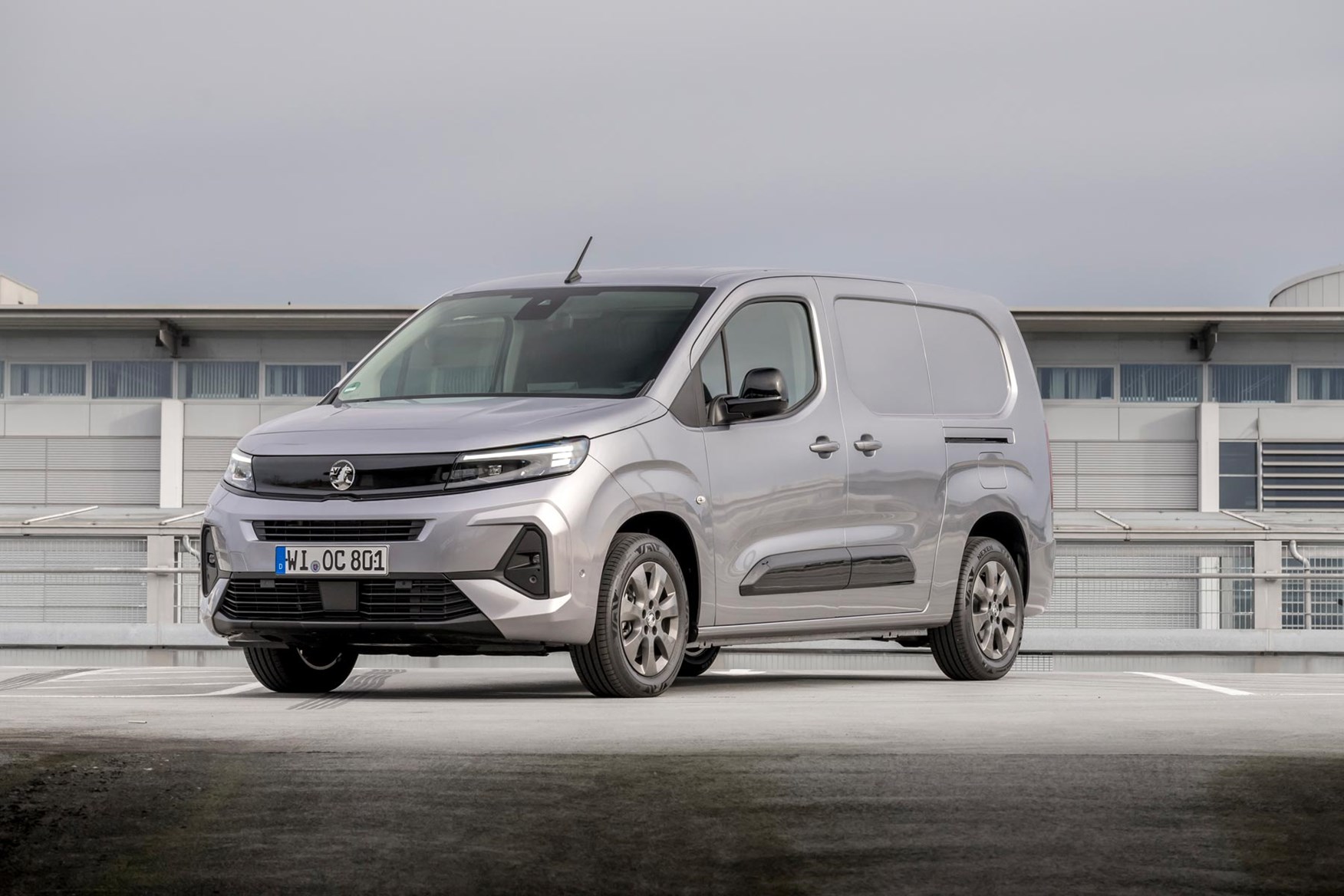
Because of the solitary battery option, most versions are within striking distance of one another when it comes to payload - and price for that matter - which makes the choice that bit simpler.
Close relatives
There’s no getting away from the fact that the Combo Electric’s closest rivals are also its closest equivalents. The Citroen e-Berlingo, Fiat E-Doblo and Peugeot e-Partner all offer alternatives that are largely the same van but with their own take on pricing and spec. It's largely down to which brand has the closest dealer in many ways - any differences in price are smoothed out by getting more kit, but the fundamentals are the same.
If that wasn't enough then there is the Toyota Proace City Electric, too. Toyota isn't part of the Stellantis group that owns all of the other marques, but it has the right to rebrand the vehicles as its own. Technically it is the same vehicle, but Toyota adds on its own industry-leading 10-year warranty, which is what tips the balance and results in the Proace City being the 2024 Parkers Small Van of the Year.
Vauxhall Combo Electric rivals
Apart from the obvious contemporaries at Citroen/Fiat/Peugeot/Toyota, the Combo Electric faces some stiff competition. Electric versions of the Renault Kangoo, Nissan Townstar and Mercedes-Benz Citan are all available for example, and are smart and good to drive.
There is no electric version of the Volkswagen Caddy planned any time soon, though, with Volkswagen putting its EV-shaped eggs into an ID.Buzz basket instead. Ford has chosen to electrify its smaller Ford Transit Courier, but has made the previously tiny van that bit bigger in the meantime so it is more of a rival than it was before
There is also a selection of Chinese electric vans out there or on the way, such as the Maxus eDeliver 3 and the B-On Pelkan.
What’s the driving range of a Vauxhall Combo Electric?
The battery in the Combo Electric stores 50kWh of electricity – the same as the smaller of the two you can get in the Vauxhall Vivaro Electric medium van. This is a new battery for 2024, which brings with it an improvement in range.
The official WLTP range is 205 miles, which is an improvement over the 171 miles it offered previously. This is the same for every version, although how close you get to that figure will vary depending on what you do with it.
Stellantis vehicles can struggle to hit their predicted maximum mileage when the weather is inclement, but there is the added factor of a potentially heavy payload with the vans as well. In short, don't expect 205 miles too often.
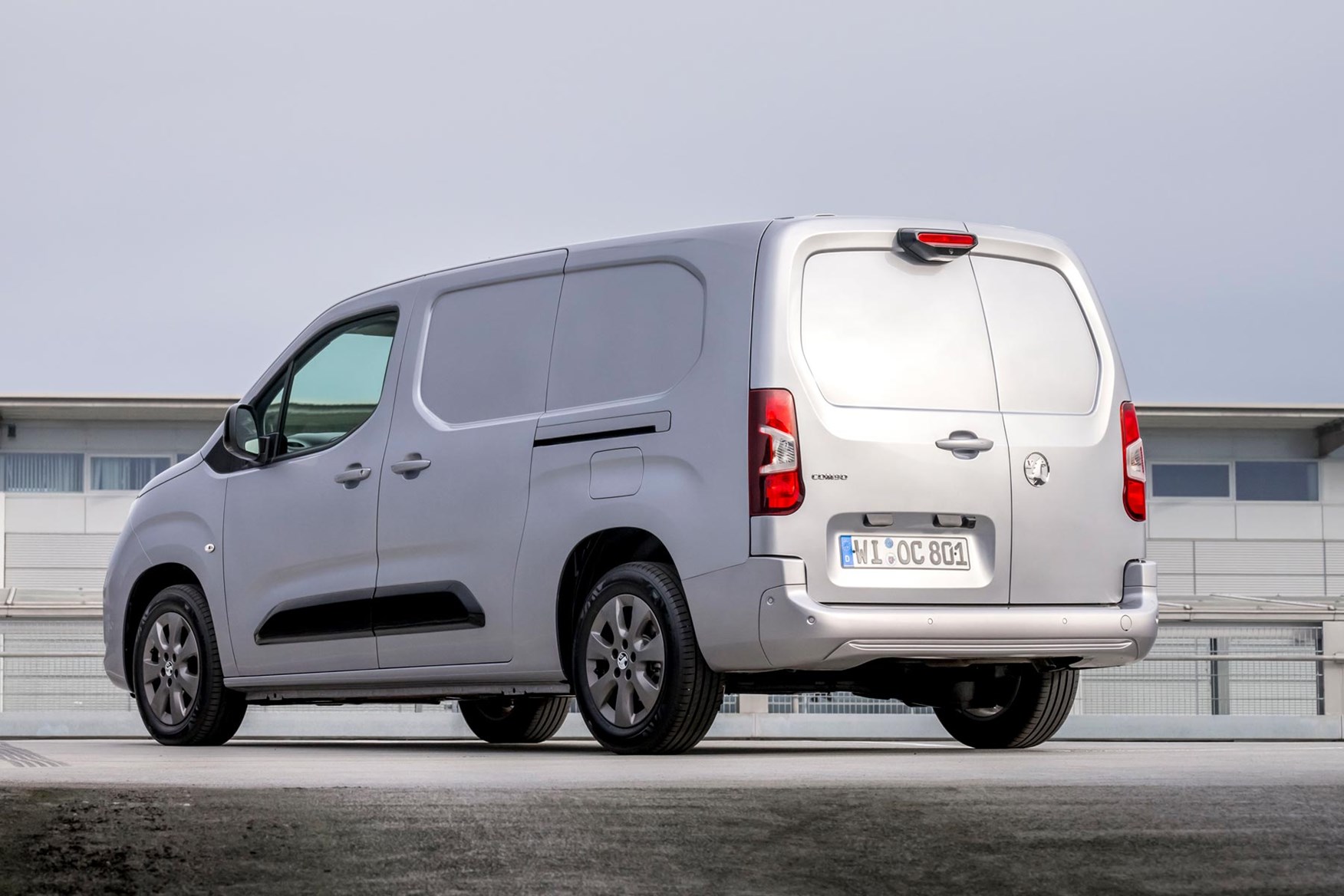
Swift to charge
The Combo Electric comes with a strong charging offering as standard, with fast charging included on every version. This means that you can plug into a public point with 100kW rapid charging and get from 0-80% in just 30 minutes.
When connected to a domestic 32Amp wallbox via the standard-fit 7.4kWh on-board charger, it will replenish the battery in seven and half hours. If this isn’t quite enough then the optional 11kWh on-board charger will get you fully juiced in five hours.
Verdict: is the Vauxhall Combo Electric any good?
The Combo Electric is closing the gap to its diesel counterpart all the time, particularly with the recent boosts in range and cuts to its price.
At 205 miles, the range is good but still not enough to tempt over some that remain on the fence. However, the fast charging times, impressive payloads and user-friendly controls mean that it is up with the best electric vans that you can buy right now.
Skip to our full verdict on...
- Smooth, quiet and easy to drive
- Swift from a standstill
- Different modes dull or enhance the power
The 2024 changes to the Vauxhall Combo Electric don't impact the way it drives. Everything that has been updated under the skin affects how far it can go rather than how fast it can go or how it handles. By and large, this is a good thing though.
What is the motor in the Combo Electric?
The Combo Electric is powered by a 100kW motor, which sends its power to the front wheels only – there is no 4x4 option on the electric model. This equates to 136hp, which is marginally more powerful than the top spec diesel engine. This results in a 0-62mph time of 11.7 seconds and an electronically limited top speed of 82mph.
It's smooth and quiet, even at higher speeds, where the quality of the road surface is more likely to be what dictates the levels of noise in the cabin.
What are the driving modes like?
There are three driving modes – Eco, Normal and Power. You start off in Normal when you turn the Combo Electric on, regardless of which mode you were in when you last turned it off. Even Normal restricts the motor’s performance slightly, with only 80kW of power and 210Nm of torque available versus the 100kW and 260Nm that’s on offer when you go into Power mode. Power also gives you a bit more accelerator response.
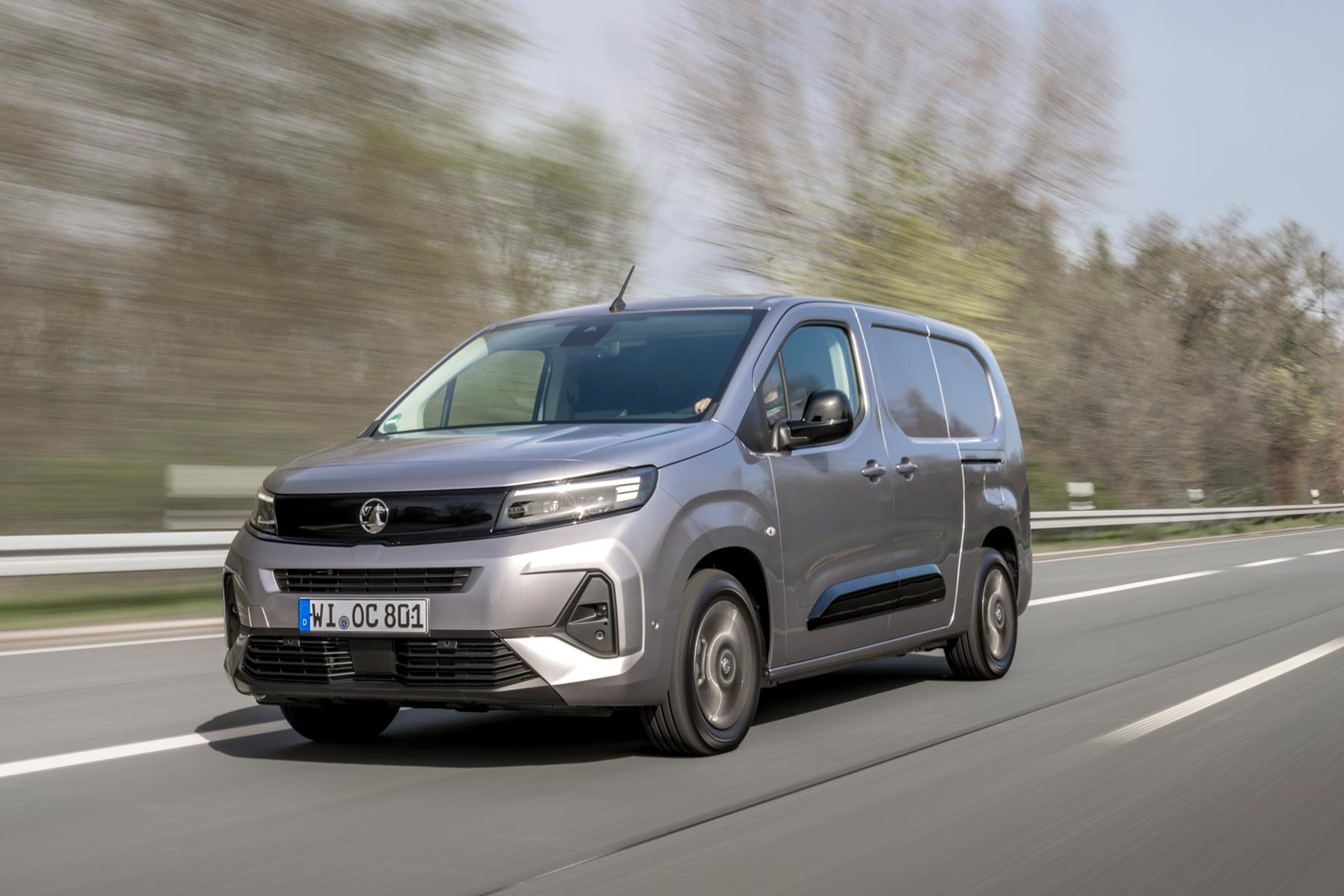
Eco dials things right back and restricts you to 60kW and 190Nm, while it also limits the abilities of the heating and cooling systems, so many will hold that back for when they really want to eke a few more miles out. Normal mode is the one that suits most everyday tasks the best, although Power’s extra burst of pace will come in handy for tackling steep hills or a stubborn overtake.
There’s also a separate B mode, which increases the engine braking so you don’t have to use the brake pedal as much. This doesn’t quite brake to the extent that you can drive it using the accelerator alone but it will do a lot of your slowing down for you and save on wear and tear as a result. It is best used around town though, as it will scrub speed off as soon as you take your foot off the accelerator, which can get annoying on faster roads.
As is the case with a conventional engine, the efficiency you get is very much down to how you drive the Combo Electric. Stick it in Power mode and accelerate hard and you’ll see the range disappear before your eyes, but there is much more satisfaction in staying smooth and maximising the range – it feels much more in taking with the character of the van.
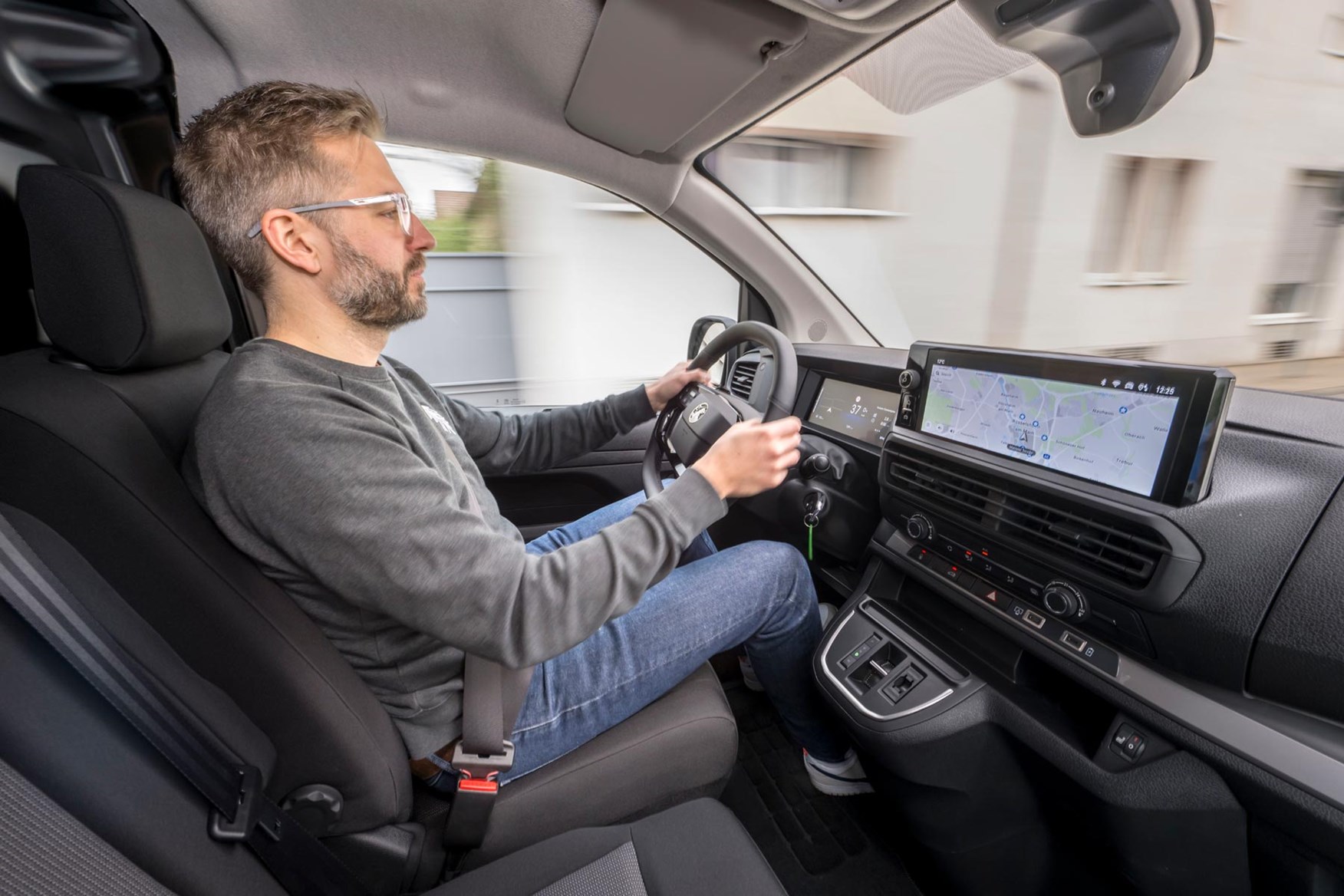
It does its best work at low speeds where it is capable of nipping away from the line at the lights. The single-speed gearbox and gently progressive accelerator pedal means that it is easy to ease the Combo Electric in and out of, say, parking spots without jerking forward.
What is the ride and handling of the Combo Electric like?
The Combo Electric drives exactly like every other Combo in many respects – a comfortable and well settled ride and well measured steering that tends slightly towards being on the light side. This is great around town but slightly less welcome at motorway speeds, which is unlikely to bother the largely urban-based buyers of this sort of van.
- Smart cabin with attractive tech available
- Layout identical to diesel version
- Little to distinguish between this and siblings
The majority of the features in the Combo Electric are carried over from the rest of the range, which means that you get a smart cabin with some clever bits of tech, most of which you will have to pay for. This means that it is more conventional than the Peugeot e-Partner cabin, with its small steering wheel and unconventional dashboard layout, and closer to the Citroen e-Berlingo’s, with a few badge changes the main differences.

What is different on the electric model?
The biggest change is to the instrument cluster, which can be fully digital and contains more of the information you would expect for an EV. This means things like a gauge that shows whether the energy is being used or recuperated, range indicators and details on which mode you are in. With very little practice it becomes easy to read and to work out the small differences to the range that things like the heating and different driving modes make.
The digital display also means that, when it’s fitted, it can display the navigation directions too.
What are the downsides?
Despite the lack of gear lever – you get a small rocker switch to change between the different modes instead – the shape of the dash is the same. This means that you get a big chunk of dash sticking into the legroom for the middle passenger.
- Excellent running costs
- Big price cuts for 2024 update
- Warranty only three years for main vehicle, eight for battery
The cost difference between diesel and electric has narrowed significantly for the 2024 updates thanks to a notable price cut. The premium for the Electric model works out at just under £5,000, although this is after you have factored in the plug-in van grant.
This makes it more likely that running a Combo Electric should work out cheaper than running a diesel. If you have access to home or workplace points then electric should be more cost effective, although the gap narrows if you have to rely on the public charging network.
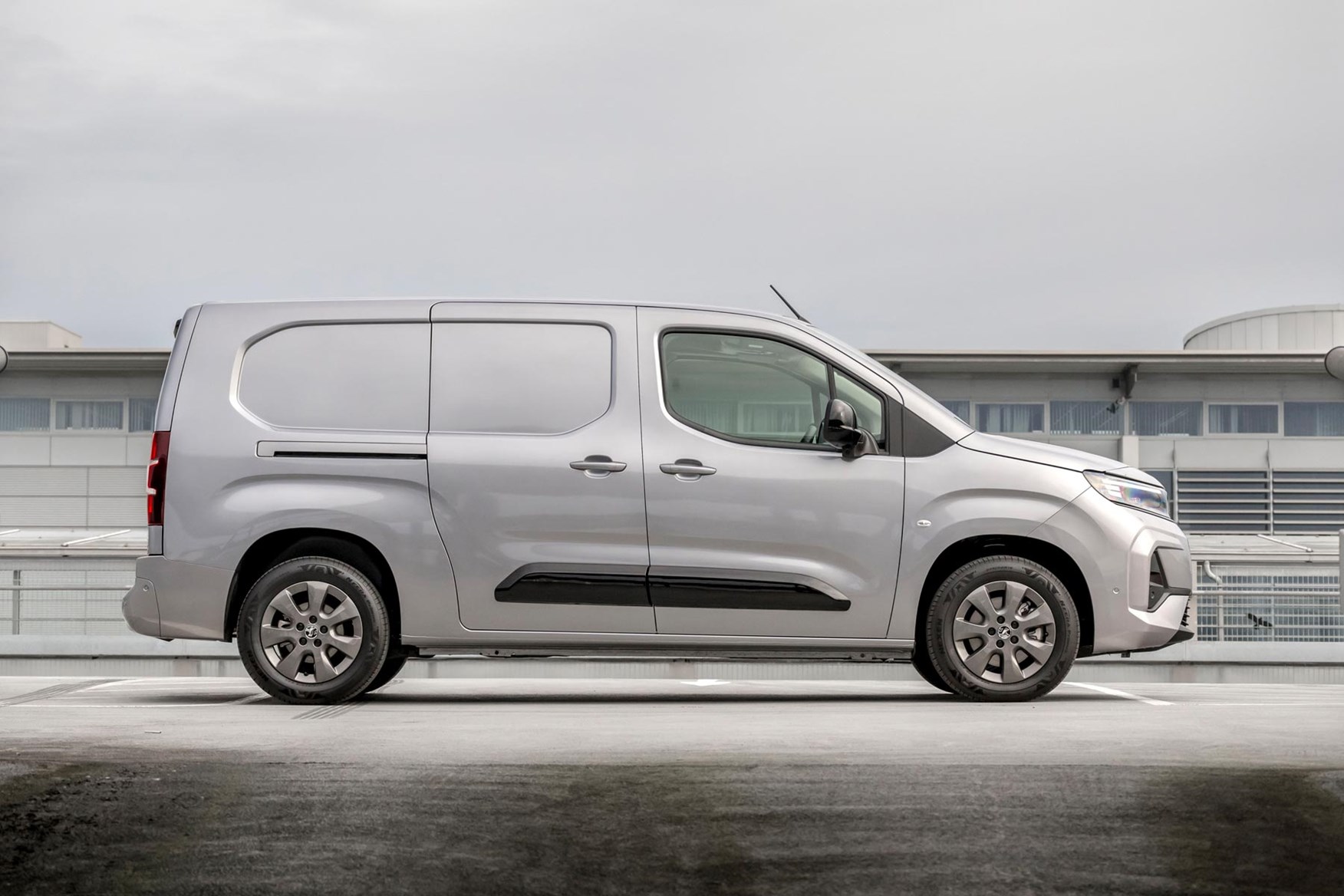
The increased 205-mile range should be sufficient to let most users to do what they need to do and then stick to plugging in at night. Vauxhall has included a feature that allows you to time when the vehicle recharges so you can make the most of cost-effective tariffs. There are dedicated EV tariffs that allow you take advantage of lower-cost energy overnight.
As with all electric vans, the Combo Electric qualifies for lower tax bills than its diesel counterparts too.
Vauxhall Combo Electric servicing
The Combo Electric has the same servicing intervals as the diesel versions. This means that you will only have to go and get it seen to every 25,000 miles or, more likely, every two years. The exception to this is the first service, which is due after 12,500 miles or at the end of the first year of driving.
In theory, services should cost a little less than the diesel equivalents as electric vehicles are kinder on their moving parts. By using the B mode you should be able to lighten the load on the braking systems pads and discs, which should hopefully prolong their life. There aren’t as many fluids to change either.
Vauxhall Combo Electric warranty
The main body of the Combo Electric comes with the standard Combo warranty, which is not the longest in the class at just three years/60,000 miles. The rival at Toyota has a 10-year package for example.
The battery has a separate warranty, which runs to eight years or 100,000 miles, promising the van will maintain at least 70% of the original battery capacity.
Vauxhall Combo Electric standard equipment
The 2024 update has increased the level of kit that is on offer in the Combo Electric. The number of trims remains unchanged at two - they are called Prime and Pro and below are the highlights of what they come with:
Prime gets:
- DAB digital radio
- Bluetooth
- Apple CarPlay and Android Auto
- A full-height steel bulkhead
- Rear parking sensors
- 7.4kW on-board charger and cable
- Vauxhall Connect services
- Automatic headlights
- Powered and heated door mirrors
- Carpeted cabin floor.
Pro trim adds:
- Body-colour bumpers and door mirrors
- Metallic paint
- Satellite navigation
- Rear-view camera
- Rear parking sensors
- FlexCargo loading system with load-through bulkhead, fold-flat centre backrest, dual front passenger seat.
The Combo Electric Crew Van comes exclusively in the Prime trim and adds:
- A three-seat bench seat in the second row
- A moveable ladder-frame bulkhead that can be fixed in two positions
- Folding single front passenger seat.
The shorter model comes with a single nearside sliding side door while the XL and the Crew Van get twin sliding side doors. An update in 2022 brought the electric model into line with the diesel models - previously it only came in the best-selling trim, which was the lesser-equipped version.
There are several clever systems available to add onto the Combo Electric, most of which are available on the non-electric versions. The notable electric-only option is the ability to upgrade the on-board charger from a 7.4kWh version to an 11kWh version. This brings the time it takes to replenish the battery in full down from 7h 30m to 5h.
The Combo Electric has been subject to a few recalls in its relatively short life, with several specific to the EV model. Some are centred around the handbrake not disengaging, some to the ECU and there are others that relate to the steering. Make sure any used van you are looking at has had the work done.
The shared platform and components is something in the Combo's favour - it should mean that parts are in plentiful supply, and it increases the number of technicians that are able to work on your van.
- Lots of extra kit thanks to 2024 updates
- Passenger version has four-star rating
- Alarm only on higher trim
There is a slow but welcome increase across the whole van industry as far as safety is concerned, with the total number of systems now up to 18. You now get airbags for both sides of the cabin, rather than just a solitary driver's 'bag, and there is a host of driver aid equipment.
Vauxhall Combo Electric safety equipment
Below are some of the highlights of the standard Vauxhall Combo Electric safety kit:
- Lane keep assist
- Intelligent speed assistance
- Driver attention alert
- Advanced emergency braking system
- Driver and front passenger airbags
- Side airbags
- Hill start assist
- Rear parking sensors
If you upgrade to the Pro model then you also get the dynamic surround view, blind spot detection and front and rear parking sensors. Because of this boost in kit, the options list doesn't have anything you can add.
You only get an alarm if you go up to the Pro trim, too.
As further proof of Vauxhall’s desire to cover all customer needs, the Combo Electric can still be specified with the Worksite Pack with the grip control system and raised ride height that helps it tackle trickier surfaces.
Which Vauxhall Combo Combo-e Cargo is best for me?
The single motor/battery combo in the Combo Electric means it is just a case of choosing which trim and length you want. The price difference between the two trims isn’t huge so the step up to Pro isn’t a prohibitive one, but Prime comes with so much that you might well think it not worth the bother.
As of 2024 you get air conditioning as standard on Prime, which is a welcome addition. What is lacking is the touchscreen, but the phone cradle will negate the need for that for many.
The price difference is bigger when you step up from L1 to L2, but the twin sliding side doors and the extra space might well make that decision for you.
Best Vauxhall Combo Electric for payload
The shorter model is the best version if you need to carry the most weight in your Combo Electric, with a payload of 781kg. This is slightly less than the pre-facelift version, and now only applies to the Prime version - Pro brings it down by 22kg to 759kg.
There is a payload penalty for stepping up to the XL version, as it knocks 71kg off, taking it down to 691kg on the Pro model. Although this is a bit lower than the standard Combo’s 1,000kg-plus payloads, it is still on a par with plenty of diesel vans in this class and certainly up with the best that rival electric vans are offering.































